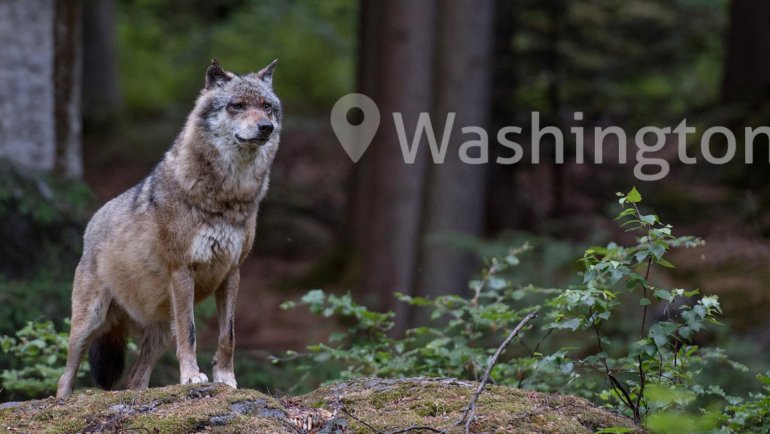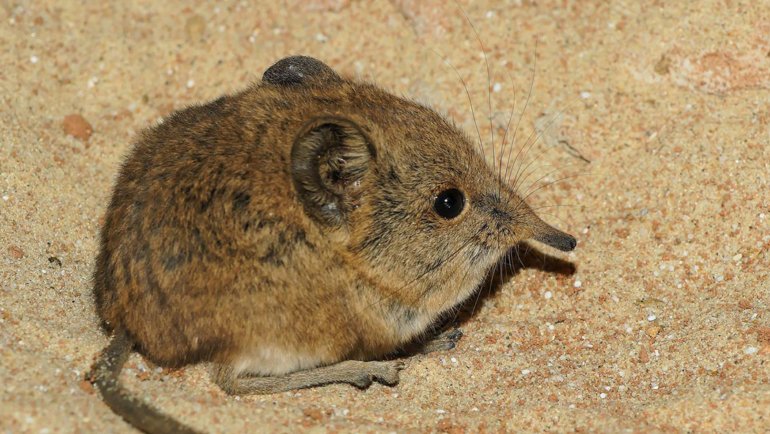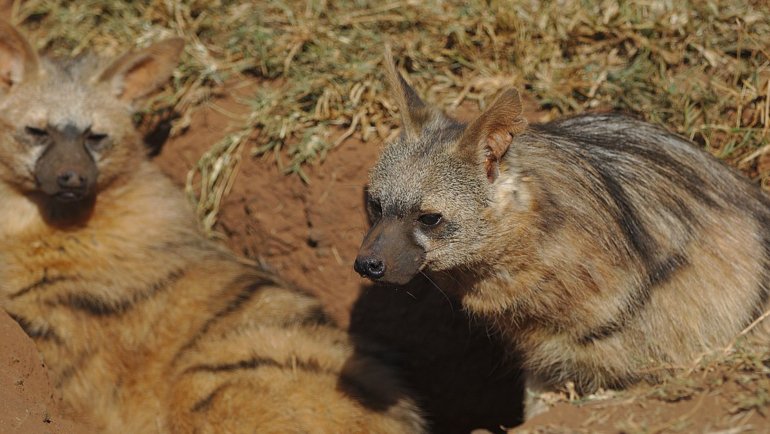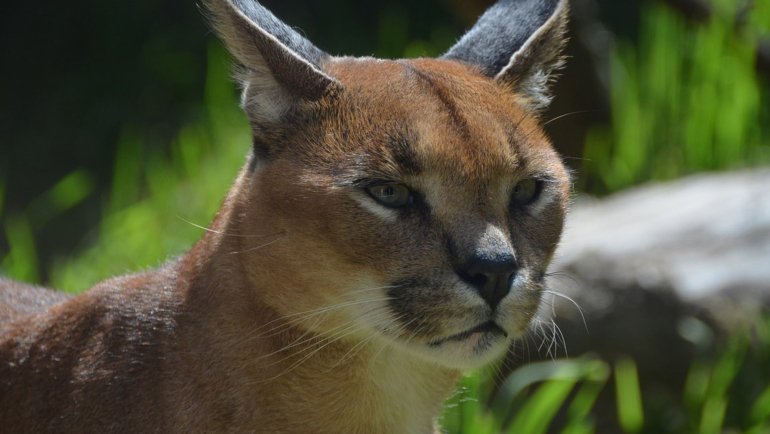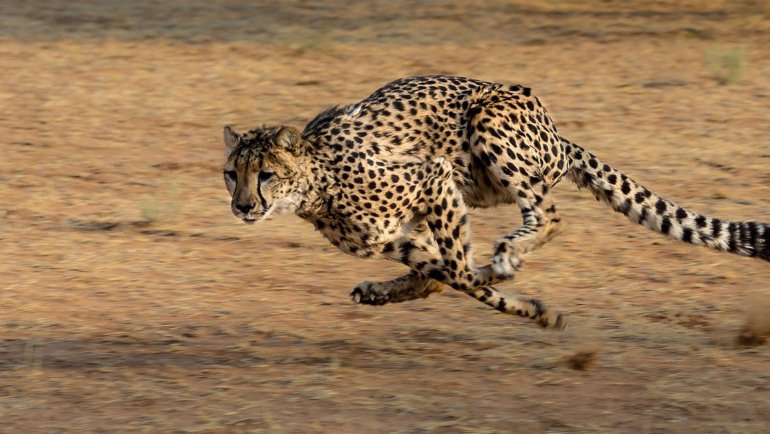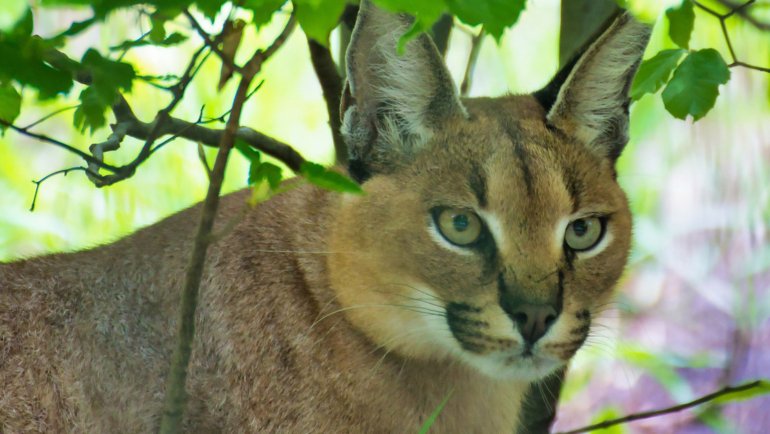The cuscus, a lesser-known but fascinating marsupial, inhabits the tropical forests of New Guinea, the nearby islands, and parts of Northern Australia. This article delves into the intriguing world of the cuscus, exploring their unique characteristics, behavior, and the delicate balance they maintain within their ecosystem.
Cuscuses, with their slow-moving habits and nocturnal lifestyle, offer a glimpse into the diverse and specialized nature of marsupials. Their ability to adapt to various forest habitats and their role in the ecological network highlight the importance of conservation efforts for these distinctive creatures.
The Cuscus at a Glance
Classification
| Kingdom: | Animalia |
| Phylum: | Chordata |
| Class: | Mammalia (Mammals) |
| Order: | Diprotodontia |
| Family: | Phalangeridae |
| Genus: | Several, including Phalanger, Spilocuscus, and Strigocuscus |
| Species: | Various (e.g., Phalanger gymnotis, Spilocuscus maculatus) |
Essential Information
| Average Size: | 35 to 65 cm (14 to 26 inches) in body length |
| Average Weight: | 1.5 to 6 kg (3.3 to 13.2 pounds) |
| Average Lifespan: | 8 to 12 years in the wild |
| Geographical Range: | New Guinea, nearby islands, and parts of Northern Australia |
| Conservation Status: | Varies by species, ranging from ‘Least Concern’ to ‘Critically Endangered’ (IUCN Red List) |
Species and Subspecies
The term ‘cuscus’ encompasses several species and subspecies within the Phalangeridae family, each adapted to different environments.
- Common Spotted Cuscus (Spilocuscus maculatus): Known for its distinctive spotted fur, it inhabits the rainforests of New Guinea and Cape York Peninsula in Australia.
- Northern Common Cuscus (Phalanger orientalis): Found in New Guinea and surrounding islands, this species is known for its variability in fur color and pattern.
- Black-spotted Cuscus (Spilocuscus rufoniger): Endemic to Papua New Guinea, this species is notable for its black spots and is one of the larger cuscus species.
- Gray Cuscus (Phalanger gymnotis): With a more uniform gray coat, this species is found in the forests of New Guinea and nearby islands.
Each species exhibits unique adaptations such as variations in fur color and pattern, size, and habitat preferences. These differences are essential for their survival in various forest ecosystems, ranging from lowland rainforests to mountainous regions.
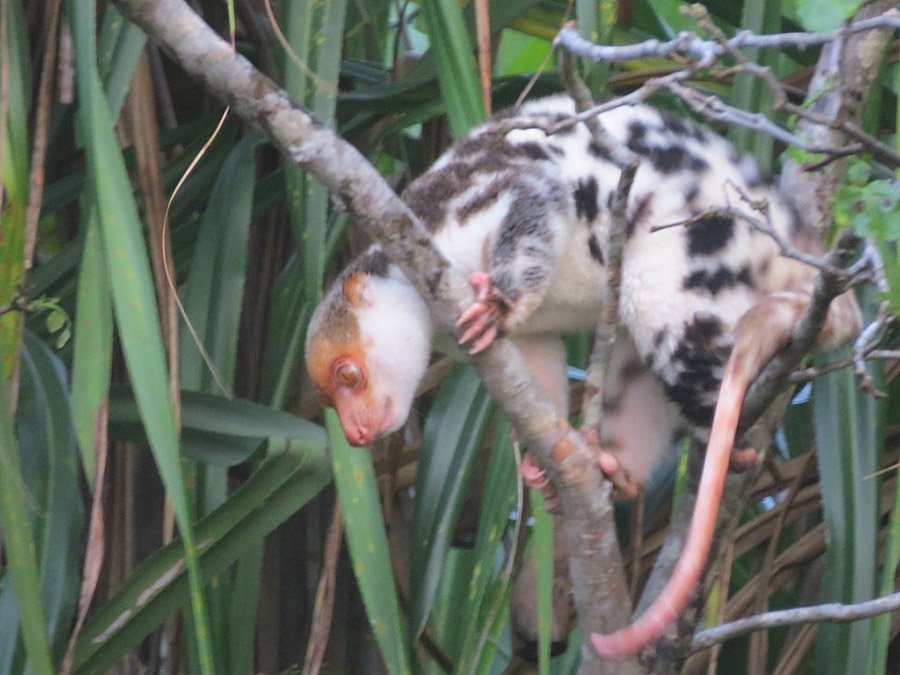 Source: Wikimedia Commons
Source: Wikimedia CommonsDescription
Cuscuses have distinctive features that distinguish them within the marsupial family.
Cuscuses typically have a rounded body, a small face with large, expressive eyes, and a long, prehensile tail. Their fur is thick and woolly, varying in color from gray to brown, and sometimes spotted or patterned.
They range from 35 to 65 cm (14 to 26 inches) in body length, with their tail adding an additional length. Weight varies from 1.5 to 6 kg (3.3 to 13.2 pounds). The color and pattern of their fur can vary significantly between species, with some exhibiting vivid spots and others a more uniform color.
Their prehensile tail, which is often as long as their body, is used for gripping branches, aiding in their arboreal lifestyle. They have strong limbs and claws for climbing.
Generally, there is minimal sexual dimorphism in cuscuses, with males and females appearing similar in size and coloration. However, in some species, males may be slightly larger or have more distinct coloration.
Habitat and Distribution
Cuscuses are primarily found in the forested regions of New Guinea, some of the surrounding islands, and the Cape York Peninsula in Northern Australia.
Cuscuses are arboreal, spending most of their life in trees. They are found in various types of forests, including tropical rainforests, mangroves, and montane forests. Their presence across different forest types indicates their adaptability to diverse arboreal habitats.
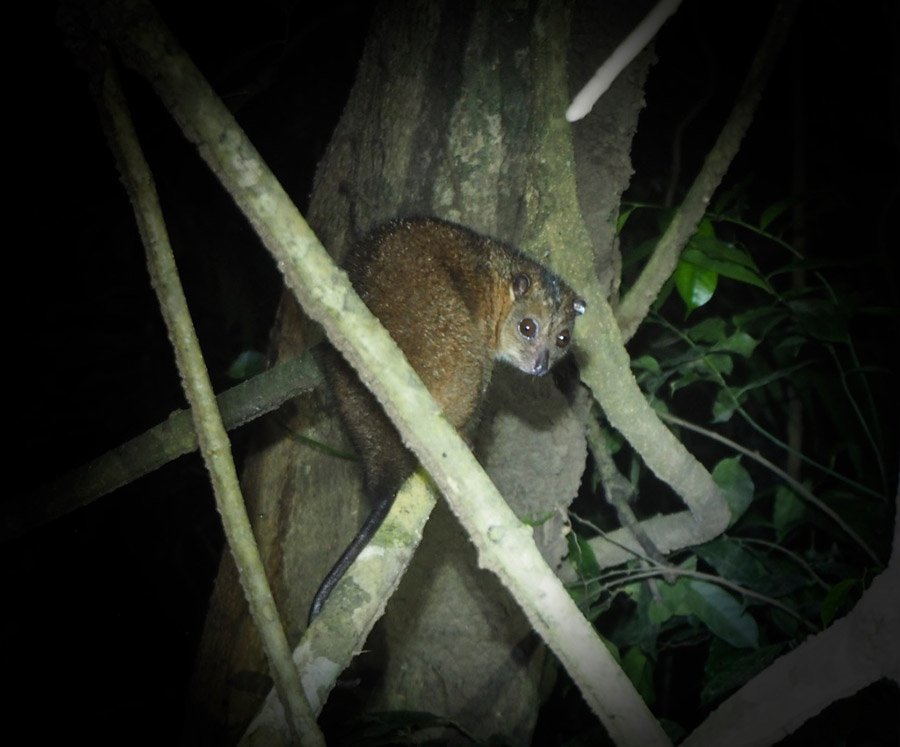 Source: Wikimedia Commons
Source: Wikimedia CommonsBehavior
Cuscuses exhibit a range of behaviors that are well-adapted to their arboreal lifestyle. They are primarily nocturnal, spending the day resting in the foliage and becoming active at night to feed.
Cuscuses are generally solitary animals, coming together only for mating. Their solitary nature is coupled with a quiet demeanor, making them less noticeable in their natural habitat.
They communicate using subtle vocalizations and scents. Vocal communication is relatively rare, but soft grunts or hisses can be used in interactions, especially during the mating season.
Their slow and deliberate movements in the trees help them conserve energy and avoid attracting predators. The prehensile tail and strong grip are essential for navigating the forest canopy.
Understanding the behavior of cuscuses is crucial for appreciating their role in forest ecosystems and the specialized adaptations they have evolved for an arboreal life.
Diet and Feeding Behavior
Cuscuses have a specialized diet reflecting their arboreal lifestyle.
Cuscuses are primarily herbivores, feeding on leaves, fruits, flowers, and sometimes nectar. However, some species may occasionally eat insects or small birds.
As slow-moving animals, cuscuses rely on foraging among the trees for food. They have a low metabolism and a specialized digestive system to process their leaf-heavy diet.
Predators
Cuscuses face various predators in their forest habitats. Their primary predators include large birds of prey, such as eagles, and arboreal snakes. Young cuscuses are more vulnerable to predation due to their smaller size and lesser-developed climbing skills.
Aside from natural predators, habitat destruction and hunting by humans pose significant threats to cuscus populations.
 Source: Wikimedia Commons
Source: Wikimedia CommonsReproduction and Life Cycle
The reproductive habits of cuscuses showcase the unique aspects of marsupial biology.
Cuscuses do not have a specific breeding season, and reproduction can occur at any time of the year. Courtship behavior is subtle and not well-documented.
Being marsupials, cuscuses have a short gestation period, followed by the birth of underdeveloped young. The young continue to develop in the mother’s pouch, where they remain for several months.
Typically, cuscuses give birth to one or two offspring at a time. The young are carried in the mother’s pouch until they are old enough to cling to her back as they continue to grow and develop.
This reproductive strategy, characteristic of marsupials, is an intriguing aspect of the cuscus’s life cycle and plays a significant role in their adaptation to the arboreal environment. The extended care provided by the mother ensures that the young cuscuses are well-equipped for survival in the forest canopy.
Conservation and Threats
The conservation of cuscus species varies, reflecting the environmental pressures they face.
The conservation status of cuscuses ranges from ‘Least Concern’ to ‘Critically Endangered,’ depending on the species. Species on smaller islands or in limited habitats face greater risks.
The primary threats include habitat loss due to deforestation, hunting for their meat and fur, and the impacts of invasive species in some regions.
Efforts to conserve cuscus populations involve habitat protection, legal measures to control hunting, and research to better understand their ecology and needs. Some species benefit from living in protected areas or wildlife reserves.
Fun Facts
- Marsupial Pouch: Female cuscuses have a forward-facing pouch, a distinctive feature of marsupials, where their young complete their development after a brief gestation period.
- Night Vision: Cuscuses have excellent night vision, which aids in their nocturnal foraging. Their large, reflective eyes are adapted to low light conditions in the dense forest canopy.
- Prehensile Tail: The cuscus’s tail is almost as long as its body and acts like a fifth limb, helping them grasp branches securely as they move through the trees.
- Selective Eating: Despite being herbivores, cuscuses are selective feeders, often choosing young, tender leaves or particular fruits, indicating a refined palate.
- Quiet Dwellers: Cuscuses are known for their quiet, unobtrusive nature. They move slowly and deliberately, making very little noise, which helps them remain undetected in their habitats.
Frequently Asked Questions
What exactly is a cuscus?
A cuscus is a type of marsupial found primarily in the forests of New Guinea, nearby islands, and parts of Northern Australia. They belong to the family Phalangeridae and are known for their arboreal lifestyle.
How big do cuscuses get?
Cuscuses vary in size depending on the species but generally range from 35 to 65 cm (14 to 26 inches) in body length, not including their long, prehensile tail.
Are cuscuses endangered?
The conservation status of cuscuses varies by species. While some are considered of ‘Least Concern,’ others are classified as ‘Critically Endangered’ due to habitat loss and hunting.
What do cuscuses eat?
Cuscuses are mainly herbivorous, feeding on leaves, fruits, flowers, and occasionally nectar. Some species might also consume insects or small birds.
Can cuscuses be kept as pets?
While cuscuses may appear to be suitable pets due to their calm nature, they are wild animals with specific dietary and environmental needs. Keeping them as pets is generally not recommended and may be illegal.
